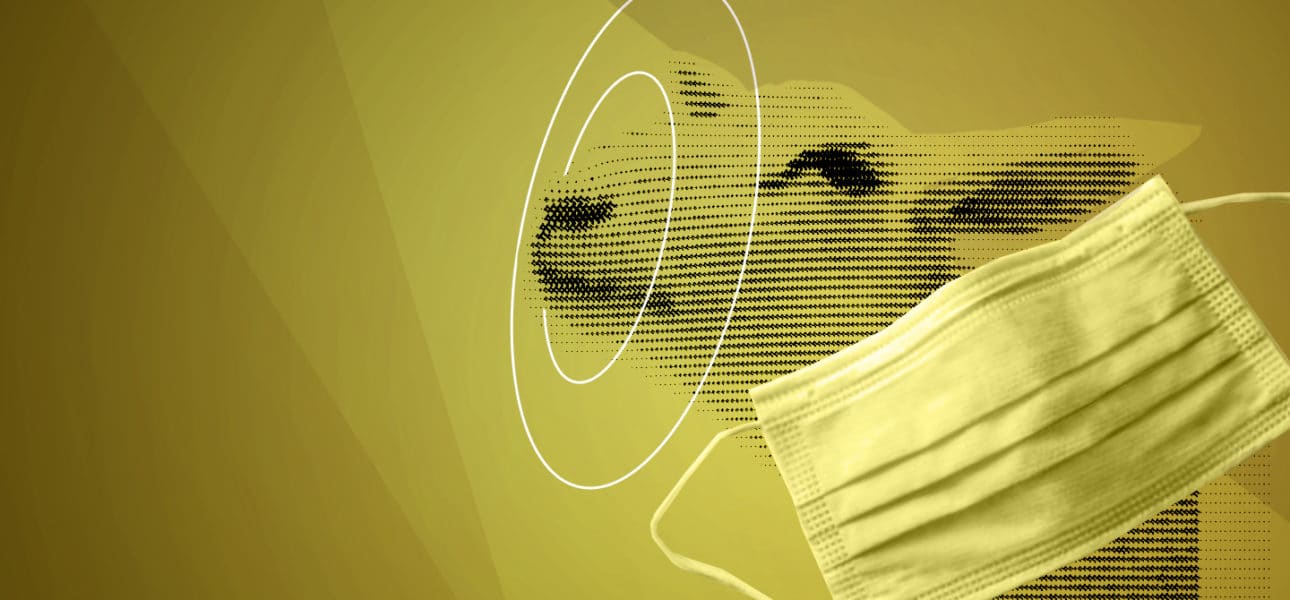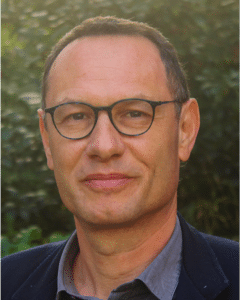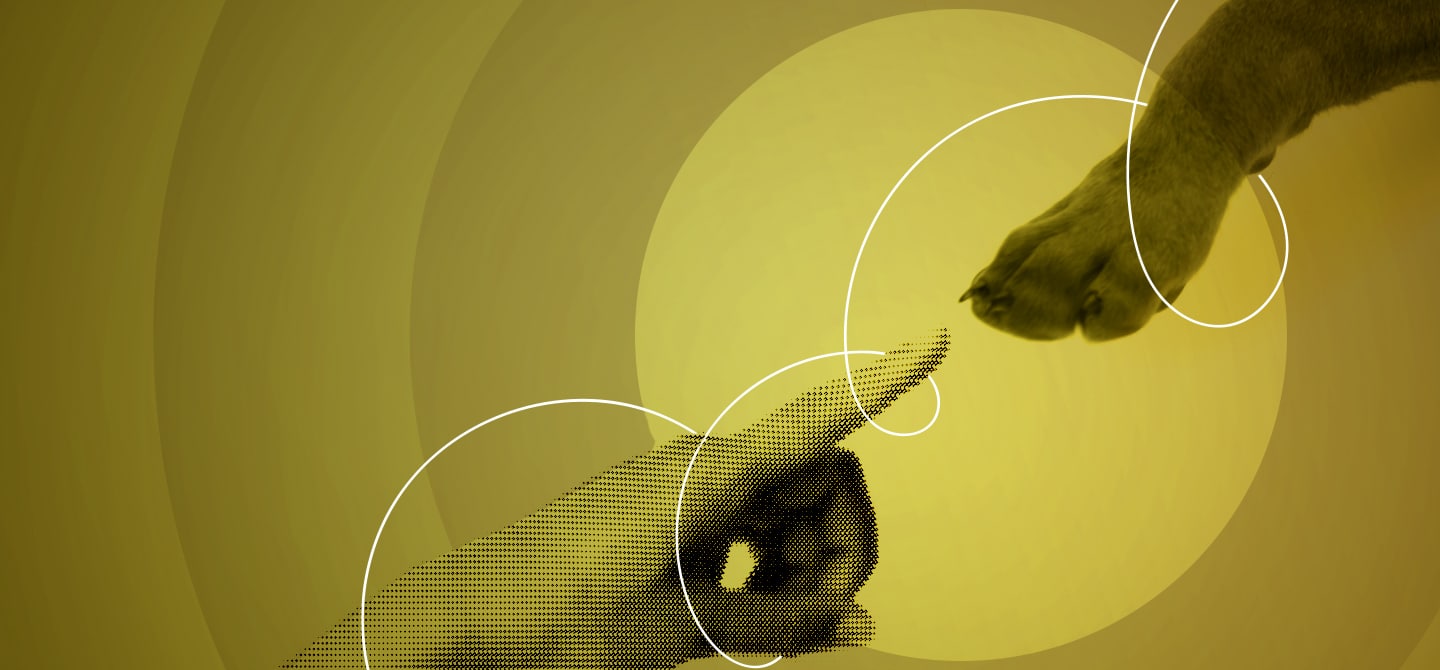With the effect of Covid-19 being felt around the globe, it would seem now is as good a time as any to focus on prevention of future pandemics. A vast number of emerging infectious diseases in humans are of animal origin and, as such, the One Health approach has been thrust into the spotlight.
In November 2020, the One Health High-Level Expert Panel Framework was announced at the Paris Peace Forum with the goal of integrating human, animal, and environmental health systems into one. Symbolic of this shift in thinking from a human-centred to all-encompassing approach, Thierry Lefrançois (Cirad) is the first veterinarian to join the French Covid-19 scientific advisory board.
With the concept of One Health, it is hoped that researchers can identify emerging diseases that could transfer from animals to humans as early as possible. Why is the focus on environmental issues so important?
Three-quarters of infectious diseases in humans are of an animal origin because some micro-organisms (viruses, bacteria, or parasites) or parasites, that can infect certain animals and also humans. The associated diseases, called zoonoses, include Ebola of which bats are suspected hosts, avian influenza in domestic and wild birds, Rabies in dogs or, of course, SARS-CoV‑2 (Covid-19); even though we expect it to have originated in bats, we do not know which species allowed the transfer to humans (panglion, mink etc.). Zoonoses occur via a range of processes that are largely affected by the proximity between different species and therefore by the environment
It should be said that this information is not new: the scientific community has warned of the danger of zoonoses for years. Between 1940 and 2000, transmission of disease from animals to humans has more than tripled. The reasons for such are quite simple: viruses spread much more easily between animals that are raised in dense, sometime unsanitary, conditions such as those in intensive farming practises – as the spread of the Covid-19 pandemic to Mink farms attests! On top of that, destruction of habitats via deforestation or replacing natural zones with agricultural or urban installations pushes livestock, domestic animals, and humans closer to wild animals, favouring the spread of disease between species. Hence, the risk of infectious diseases is largely affected by ecosystems, climate factors, agricultural practices, and a range of other socio-economic factors.
We are seeing development of new technologies that can help us detect where and when new epidemics may be happening.
How close are we to being able to predict future pandemics?
It is extremely difficult to predict which zoonoses [animal-human diseases] will transfer from one species to another and, in the past, there has been little success in doing so. Rather, we are seeing development of new technologies that can help us detect where and when new epidemics may be happening by pinpointing where the spread of disease is becoming problematic. As such, we can anticipate which pathogens already in circulation are likely to become pandemic.
In the European project, MOOD1, which CIRAD is coordinating, we are studying how we can use artificial intelligence to detect epidemics as early as possible. The AI analyses textual data available on the Internet – from social media posts, for example – as opposed to looking at traditional epidemiological data, which require biological samples and testing. Analysis of information in this way can offer insights very early on in an epidemic. We can seek out relatively informal terms like “swine flu” or “fever”, for instance, and compare their occurrences to identify where there may be clusters appearing.
Moreover, we can carry out “syndromic surveillance” by using Google searches for keywords or trends in pharmaceutical sales. Hence, the goal here is not completely around prevention, instead it is more about detecting emerging pandemics as early as possible by tapping into the huge amount of information already available online. Experiments were done using this technology to study the arrival of bird flu, with positive results showing that – had this type of approach been available – it could have helped us act quicker.
Even though anticipation is key, are there still things that we can do in terms of prevention?
Yes. And, actually, prevention is highly important because it involves looking into socio-cultural systems in a way that will allow us to avoid emergences and prevent circulation of pathogens in animals before they can be transmitted to humans. We are keeping close tabs on a number of diseases around the world including the African Swine Flu, rabies or Nipah (an infection found in bats in South-East Asia). Studies show that efforts are likely to payoff: investment in prevention costs 100 times less than a future pandemic2.
To do this, there isn’t much point in targeting specific animals because transmission varies depending on the species. Rather, we need to find a way of preventing factors that favour transmission, which tend to be location dependent. As such we have identified high-risk zones where we are focusing much attention from Mexico to Zimbabwe to Vietnam. In an ideal world, we would be able to take biodiversity into account in human urban and agricultural development. If we are expanding a town or city, then could we create pathways for nature to move through? Will there be domestic animals or livestock? Will it be zone of intensive farming? Answering these questions can help analyse the risks and consider environmental health with that of animals and humans.
The concept of One Health has become an international collaboration. What kind of the cooperation are we seeing happen?
Generally, States have been reliant on separate institutions to deal with health, environment and agriculture. But with One Health, we propose an integrated approach on the very highest level. In mid-April 2021, the call for experts closed and the selected international council will bring ~20 international experts together in May this year to work together and provide multidisciplinary expertise to international organisations involved in One health issues (WHO, OIE, FAO, UNEP).
However, top-level cooperation is not where our attention is needed most. One Health needs to be taken seriously by the state, yes, but we need work in the field too. To identify the right indicators we should be studying, we need to keep a close eye on what’s happening on the ground. That isn’t only the job of researchers; it involves farmers, national parks, civil services and so forth.
Hence, we need things to happen on the territorial scale: “think global, act local.” For example, there is a shift in focus from protected zones in the form of natural parks to “land sharing”. The latter takes into account the fact that nature doesn’t recognise the boundary between a national park and a human-occupied zone. Instead, the two need to be merged so that biodiversity can be maintained intelligently.
At the One Planet Summit in France on the 11th January 2021, President Macron announced the Prezode Project, with the aim “to reduce the risk of emergence and ensure the relevance of surveillance and early detection systems at the local, regional and global levels 3,4.” This is a very ambitious international initiative, politically supported at the highest level in France and will be financially supported by French Ministry of research, Ministry of Europe and foreign affairs. Also, in the future by many more countries and foundations and organisations around the world; we are moving things forward with over 1,000 scientists involved from 50 countries.








